
Here at Design Centre Jewellery, we’re about to bring some stunning coloured diamonds into our stock. We thought we’d give you a sneak preview into the world of coloured diamonds so you can learn all about where they come from and why they’re the new diamond trend all set to take the industry by storm.
Why are coloured diamonds not talked about as much as colourless ones?
The main reason that so many people covet coloured diamonds is because of how rare they are. With only 1 out of 10,000 diamonds are found to be naturally coloured, it’s easy to see why an increasing number of people are investing in these precious stones. Often breaking records at auction (a 15.38 carat Unique Pink diamond ring sold for $31.5 million last May), these unique gems are specialised and have actually been used in jewellery manufacture for far longer than colourless diamonds, when Roman craftsmen set brown diamonds into rings in the second century AD. Now increasing in popularity once again, a coloured diamond truly is a beautiful investment for any jewellery connoisseur.
How do coloured diamonds gain their colour?
The colour in a coloured diamond actually occurs naturally from impurities in the gem. These impurities tend to be other elements such as Boron (for blue), Nitrogen (for yellow and orange) or Hydrogen (for purple), but in the case of pink or red diamonds the colour appears due to an alteration in the actual crystal structure of the gem itself! Green diamonds get their colour due to radiation, so it really is Mother Nature getting up to some tricks.
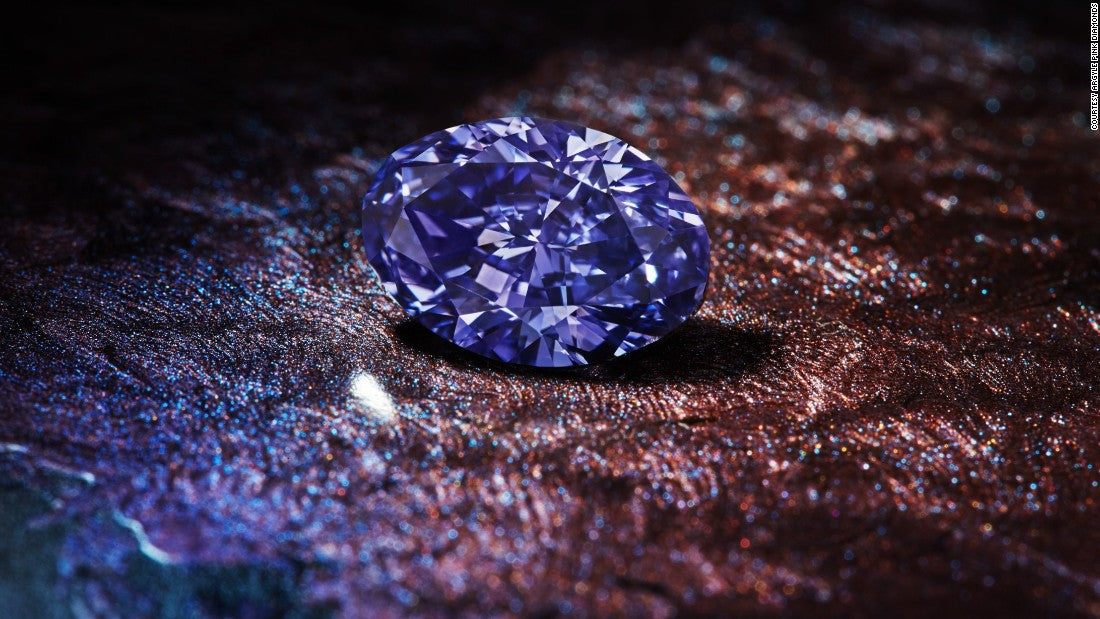
What colours are available and how rare are they?
The rarity of colours can be graded from least rare to the rarest as follows:
- Brown
- Yellow
- Blue
- Green
- Black
- Pink
- Orange
- Purple
- Red
The pricing of these colours can vary, however. The price of pink diamonds for example has risen by nearly 180% since 2009 and is sitting at a record high, whilst blue and yellow diamonds are up by around 70% and 90% respectively. The marketplace for these gemstones is transforming year on year, and so it’s important for you to know a few tips before you head to the jewellery store!
What should I look out for when buying my coloured diamond?
As with all diamond standards, the four “C”s of quality come into play - cut, clarity, carat weight and colour. But with coloured diamonds it’s also important to consider the intensity of the colour. Why? Find out below.
The ‘cut’ of a diamond within the industry refers to its shape, as well as its reflective qualities - determined by how well the diamond was cut. Arguably the most important of the four Cs, a good cut gives a diamond its brilliance and shine, as light can enter through it and get reflected out rather than ‘leaking’ out through the sides. There are several grading standards in diamond cuts, namely Ideal, Excellent, Very Good, Good and Fair & Poor. Some of the best cuts to bring out the colour in coloured diamond are radiant, cushion, pear and oval, so be sure to check that the cut you’re buying is suitable for your preferences. Round cuts - the most popular choice for colourless diamonds - aren’t actually the best to bring out the colour, so bear this in mind before you go shopping!
Clarity refers to the flaws (or lack thereof) found on the surface or within the diamond. These flaws could include anything from air bubbles to scratches. Naturally those diamonds with few or no flaws are more valuable and set at a higher price. ‘Flawless’ diamonds are the rarest, but this certainly doesn’t mean that a diamond has to be flawless to be stunning. There are many more affordable diamonds with tiny flaws that aren’t even visible to the naked eye, so unless you carry a strong magnifying glass in your handbag, you’re not going to be able to tell the difference.
Carat weight is the third ‘C’, as carat is the unit of measurement used to weigh a diamond. If you’re wondering exactly how heavy a carat is, each carat is equal to 0.2 grams. Larger diamonds are less common than smaller ones, and so increase in price accordingly.
Diamond colour is the fourth and final ‘C’, and in normal cases refers to the presence or absence of colour in a white diamond. With coloured diamonds however, you’re more interested in the intensity of the colour itself. Whilst you might be seeking a less intense coloured diamond if you want to wear it on your finger every day, a high-intensity colour is a sign of a very rare diamond. Those deep in tone and richly saturated are the most prized.
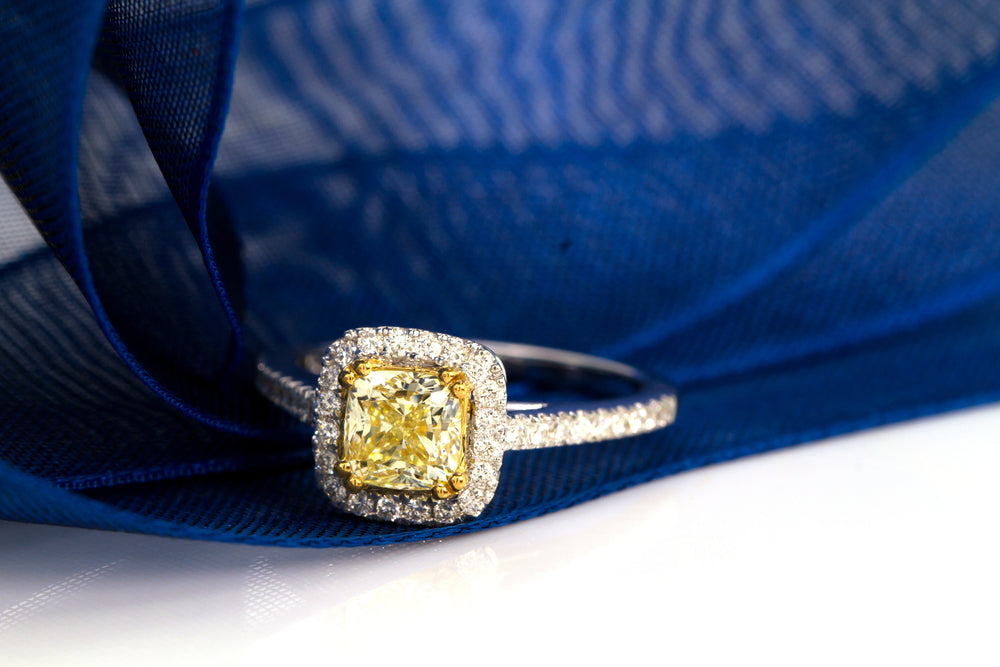
When it comes to buying a diamond - coloured or otherwise - it’s important to pick a budget and stick to it. As coloured diamonds can be rather more expensive than colourless ones due to their extreme rarity, keep within your price range and don’t get blinded by the beautiful shades of colour!
Approximately 93% of couples get married with a diamond engagement ring, so if you’re looking for a way to stand out from the crowd, a coloured diamond is a beautiful and unusual option for a true diamond lover. Be sure to check back for our new coloured diamond stock here at Design Centre Jewellery so that you can join the chromatic revolution.


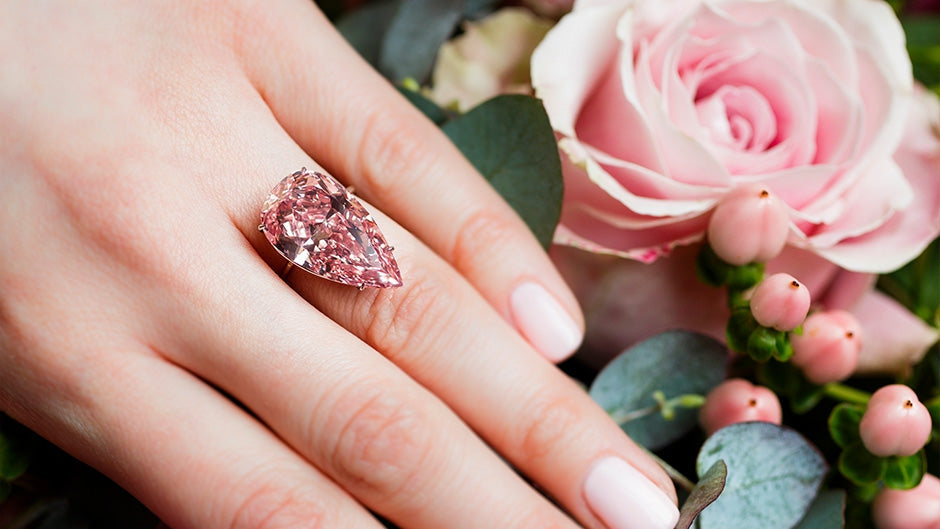
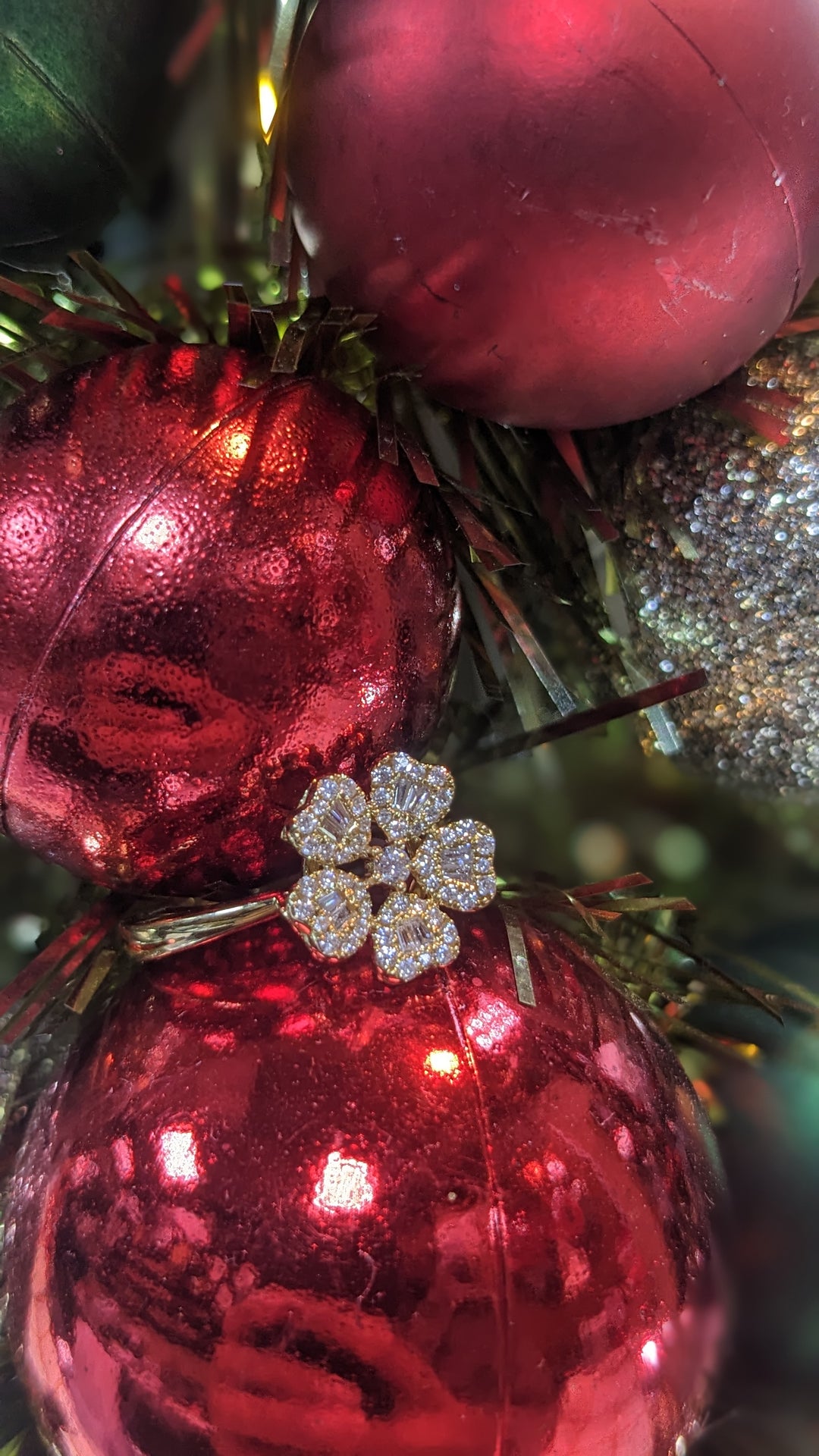
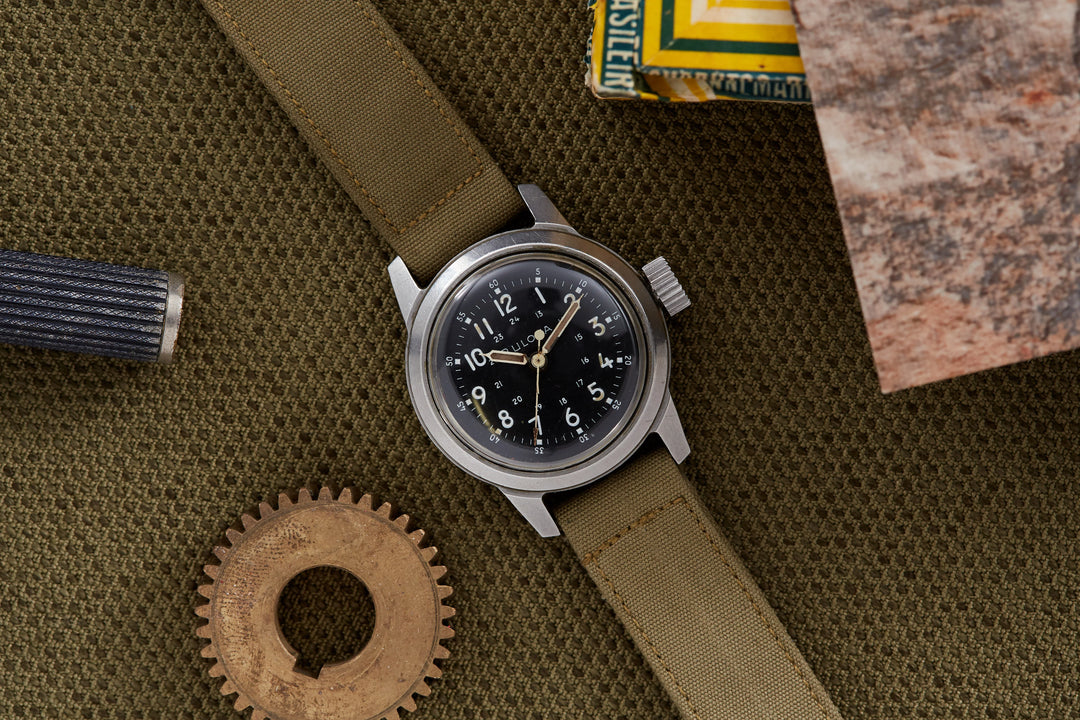
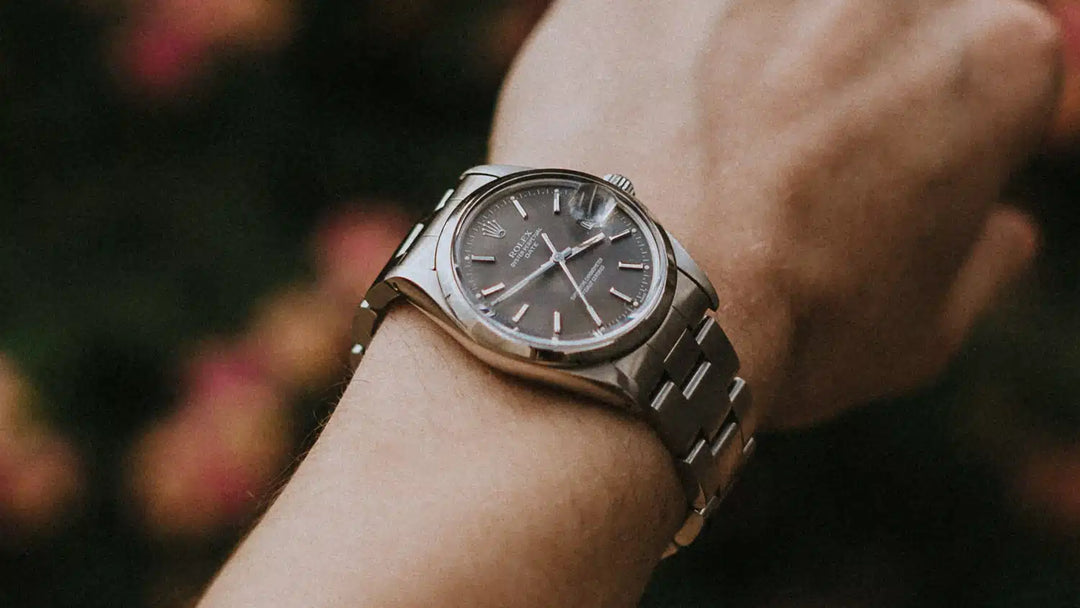
Hi do you have a pink diamond ring in stock? Thanks
Leave a comment